Throttle Mismanagement: A T-38 Lesson That Stuck
Air Facts
MAY 14, 2025
As he lifted off from a touch-and-go, I shook the control stick and said, Ive got the jet. Our Talon accelerated as it climbed toward pattern altitude1,500 feet AGL. The G-loading and added drag slowed us below the gear limit speed (240 KIAS). I wanted him to make minor correctionsand only when necessary. Then I shook the stick.




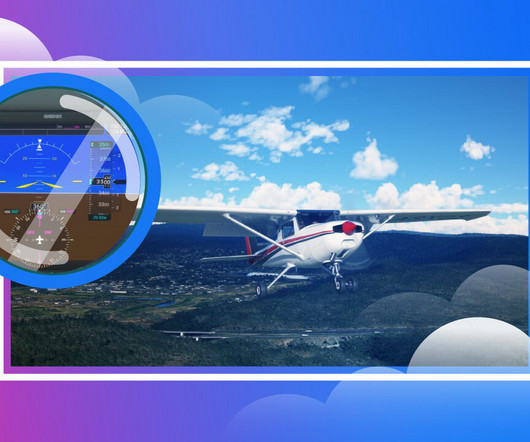

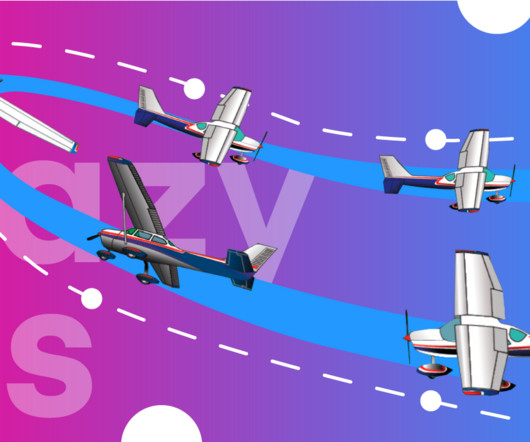
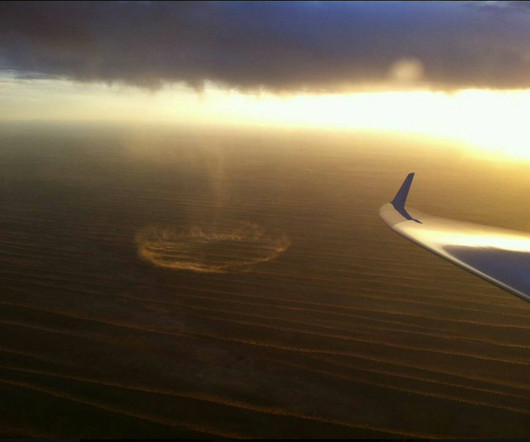
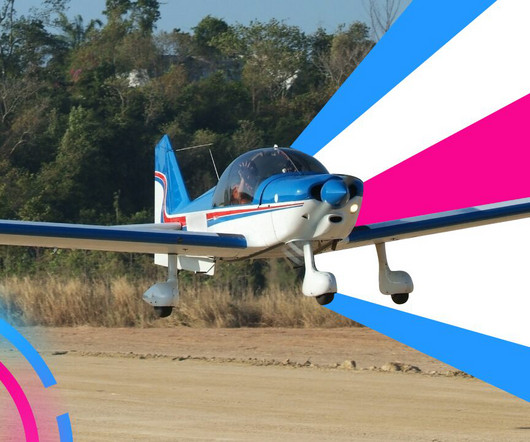
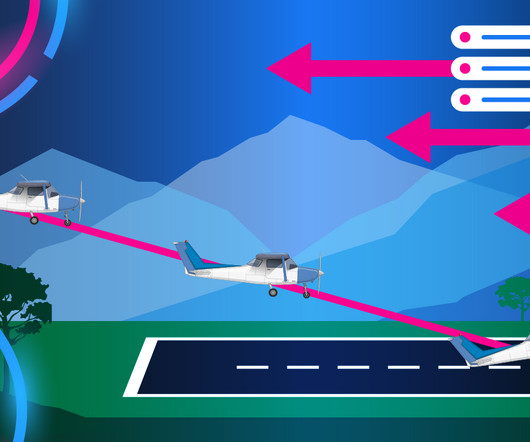

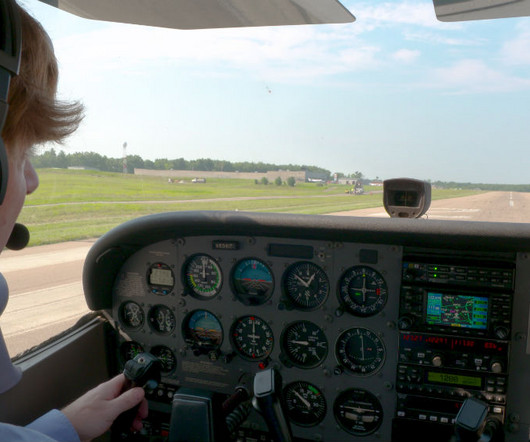







Let's personalize your content